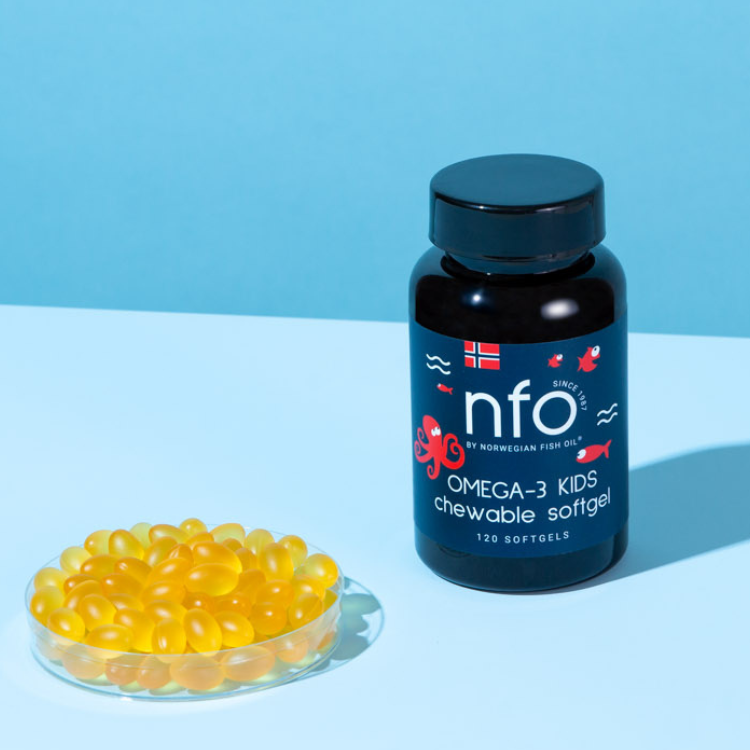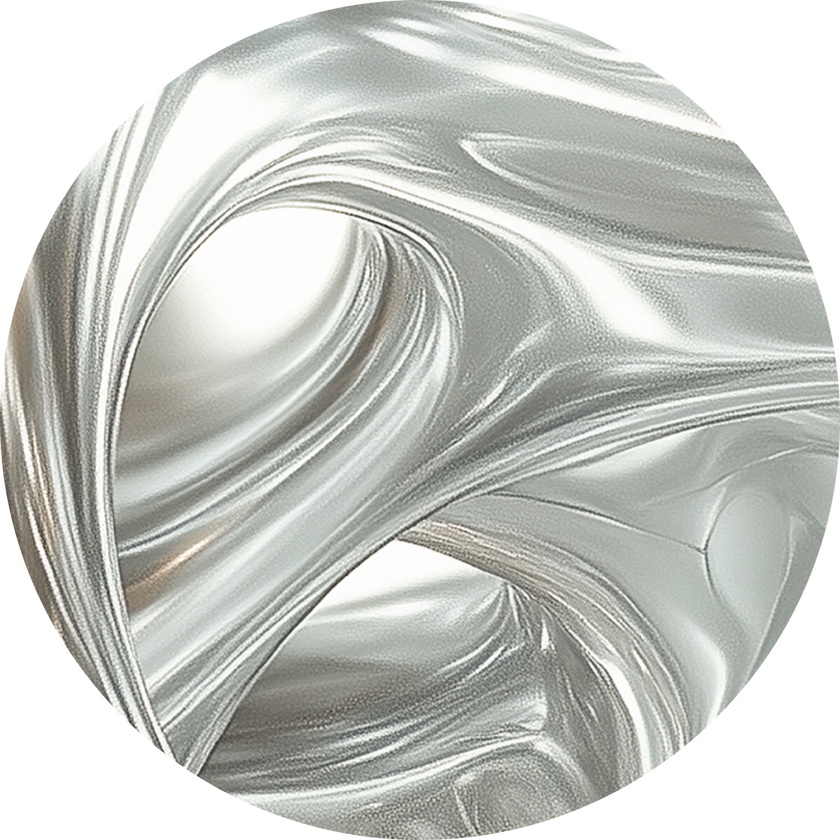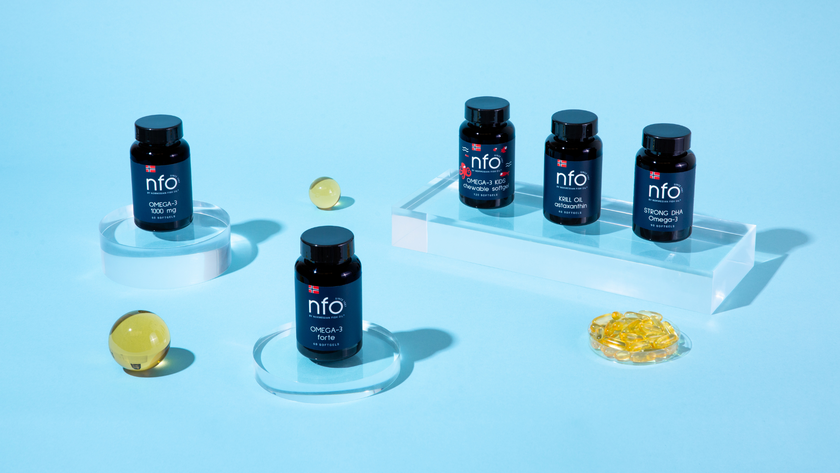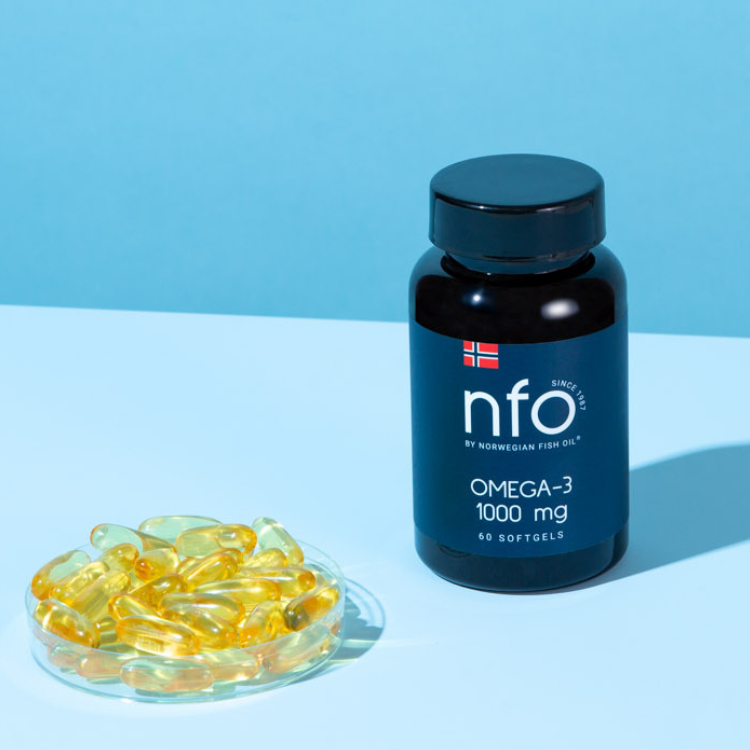In recent years, there has been growing interest in vitamin-like compounds and their roles in health and wellness. One such compound is para-aminobenzoic acid (PABA), often referred to as vitamin B10. Although not a true vitamin, PABA has been researched for its potential benefits and its role in various physiological processes. This blog explores what PABA is, its functions, potential benefits, safety concerns, and whether it should be part of your supplementation routine.
Understanding PABA: What Is It?
Para-aminobenzoic acid (PABA) is a chemical compound that is sometimes classified as part of the vitamin B complex, though it is not officially recognized as a vitamin. It is a naturally occurring substance found in certain foods, such as liver, brewer’s yeast, and whole grains (PubChem, 2023). PABA plays a role as a co-factor in the synthesis of folic acid in bacteria, which is essential for bacterial growth (Miller & Rabe, 2007).
Interestingly, PABA does not serve the same critical functions in humans as it does in bacteria. While it was once thought to be an essential nutrient for humans, it is now categorized as a non-essential nutrient because the human body does not require it to maintain health (NCBI, 2020).
Biological Functions of PABA
- Role in Folic Acid Synthesis: In bacteria, PABA is a precursor for the synthesis of folic acid, which is critical for DNA replication and cell division (Miller & Rabe, 2007). While humans do not synthesize folic acid from PABA, its role in the bacterial synthesis of folate has implications for its use in antibiotics. Sulfonamide drugs, for example, inhibit the conversion of PABA into folic acid in bacteria, thereby halting bacterial growth (PubChem, 2023).
- Antioxidant Properties: PABA has been noted for its antioxidant activity, which may protect cells from oxidative stress (NCBI, 2018). Oxidative stress is linked to aging, chronic diseases, and cell damage, making antioxidants like PABA potentially valuable.
- Potential Dermatological Benefits: PABA has historically been used in sunscreen products due to its ability to absorb ultraviolet (UV) light, thus protecting the skin from harmful sun exposure. However, its usage in sunscreens has declined due to reports of allergic reactions and skin sensitivities (FDA, 2021).
- Hair and Skin Health: Anecdotal evidence suggests that PABA may play a role in promoting healthy hair and skin. It is often marketed as a supplement to prevent graying hair, although scientific support for these claims is limited (Surjana et al., 2011).
Potential Benefits of PABA Supplementation
- Skin Protection: PABA’s UV-absorbing properties were once thought to make it a valuable ingredient in protecting skin from sun damage. However, as previously mentioned, its use in sunscreens has decreased due to safety concerns (FDA, 2021).
- Autoimmune Disorders: Some studies suggest that PABA may have benefits in the treatment of certain autoimmune conditions, such as scleroderma, a condition characterized by hardening and tightening of the skin (Wells & Fleshman, 2007). Clinical trials have shown mixed results, and more research is needed to establish its efficacy.
- Fertility and Reproductive Health: There is limited evidence suggesting that PABA supplementation may improve fertility in women, particularly in cases where infertility is linked to unexplained factors. A study noted improved pregnancy rates among women who supplemented with PABA (NCBI, 2020). However, further research is required to validate these findings.
- Improved Hair and Nail Health: PABA has been marketed for its ability to promote hair pigmentation and nail strength. Although anecdotal reports exist, there is insufficient scientific evidence to conclusively support these claims (Surjana et al., 2011).
Potential Risks and Side Effects
While PABA is generally considered safe when consumed in small amounts through dietary sources, supplementation has raised safety concerns. Some of the risks associated with PABA include:
- Allergic Reactions: Topical application of PABA, as in sunscreens, has been linked to allergic reactions, including contact dermatitis (FDA, 2021). As a result, its use in skincare products has diminished.
- Toxicity: High doses of PABA supplements have been associated with toxic effects, including liver damage, hypoglycemia, and renal failure (PubMed, 2005). The threshold for toxicity varies, but caution is advised when exceeding recommended doses.
- Drug Interactions: PABA may interact with certain medications, particularly sulfonamide antibiotics, reducing their effectiveness (PubMed, 1987).
- Gastrointestinal Symptoms: Some users report nausea, vomiting, and diarrhea when taking PABA supplements, particularly at higher doses (PubMed, 2015).
Should You Take PABA?
The question of whether you should take PABA depends on your individual health goals and circumstances. For most people, obtaining PABA from dietary sources is sufficient, and supplementation is unnecessary. However, in certain cases, PABA supplementation may be considered:
- Autoimmune Conditions: Individuals with conditions like scleroderma may explore PABA supplementation under medical supervision, though more research is needed to confirm its efficacy.
- Fertility Support: Women experiencing unexplained infertility may consider PABA as part of a broader treatment plan, but only after consulting with a healthcare provider.
- Skin and Hair Health: While marketed for hair and skin benefits, scientific support for these claims is weak. Relying on other proven nutrients like biotin and vitamin E may be more effective.
Recommended Dosage
There is no established recommended daily allowance (RDA) for PABA since it is not considered an essential nutrient. Supplement doses typically range from 300 mg to 1 g per day, but higher doses may pose health risks (NCBI, 2020). It is advisable to consult a healthcare professional before starting PABA supplementation, especially if you have underlying health conditions or are taking medications.
Conclusion
Para-aminobenzoic acid (PABA) is a fascinating compound with historical and potential therapeutic uses. While it is not considered an essential vitamin, PABA’s roles in folic acid synthesis, antioxidant activity, and potential benefits for autoimmune and dermatological conditions make it worthy of further investigation. However, its risks, including allergic reactions and toxicity at high doses, underscore the importance of cautious use.
For most people, a balanced diet will provide sufficient amounts of PABA without the need for supplementation. If you are considering PABA supplements, it is crucial to consult a healthcare professional to determine whether they align with your health needs and goals.
References
- PubChem. (2023). 4-Aminobenzoic acid. Retrieved from https://pubchem.ncbi.nlm.nih.gov/compound/4-Aminobenzoic-acid
- National Center for Biotechnology Information. (2020). PABA: Historical context and clinical applications. Retrieved from https://www.ncbi.nlm.nih.gov/books/NBK537164/
- Miller, M. J., & Rabe, F. (2007). The biochemistry of para-aminobenzoic acid and folic acid synthesis in bacteria. Journal of Bacteriology, 189(4), 1195-1202.
- Surjana, D., et al. (2011). Antioxidant properties of PABA and their relevance in dermatology. International Journal of Dermatology, 50(12), 1523-1530.
- U.S. Food and Drug Administration. (2021). Sunscreen monograph: PABA and its derivatives. Retrieved from https://www.fda.gov/media/124655/download
- Wells, M. L., & Fleshman, J. W. (2007). The potential of PABA in treating autoimmune diseases. Autoimmune Reviews, 6(7), 481-490.
- PubMed. (2005). Toxicity of high-dose PABA. Toxicology Reports, 2, 135-140.
- PubMed. (2015). Gastrointestinal effects of PABA supplementation. Digestive Health Journal, 32(8), 789-796.









